Upside-down gardening: July and August in Central Otago
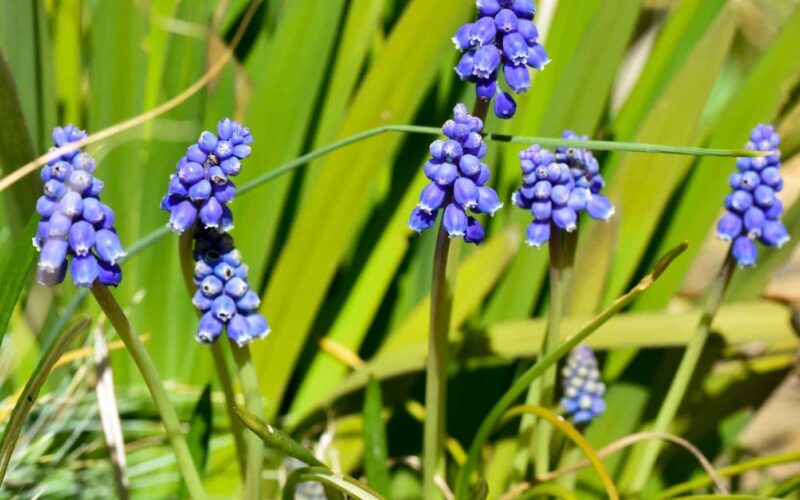
Spring is here
Officially, Spring does not arrive in New Zealand until September, but with the willows by the river showing green and the snowdrops already past their best, it feels like now is the right time to celebrate new growth and the promise of more lovely things to come.
A spring procession
The first flowers arrive in July: daphne mezereum, snowdrops, iris unguicularis, cyclamen and hepatica. In August, we see other flowers joining in: snowflakes, narcissi and the first of the succulents.
Elegant daphne

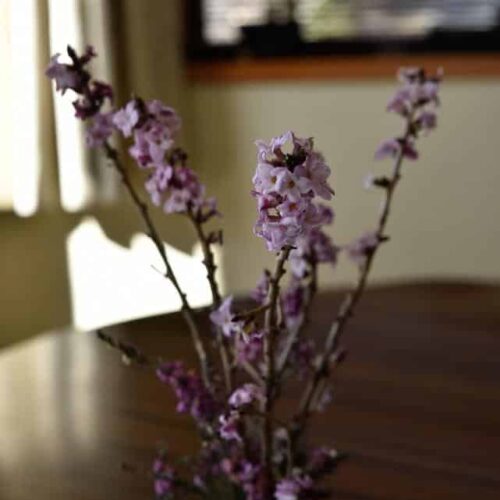
The flowers come before the leaves on this small shrub. In mid-June, I already had some daphne to put in a vase.
Brave snowdrops
Snowdrops (Galanthus) push up through the leaf litter that has been protecting the soil, reminding me of England’s damp woodlands. Bluebells will follow. Both are spreading nicely, so I’m hoping that in future years, I’ll see a carpet of white under the trees, followed by a carpet of blue.
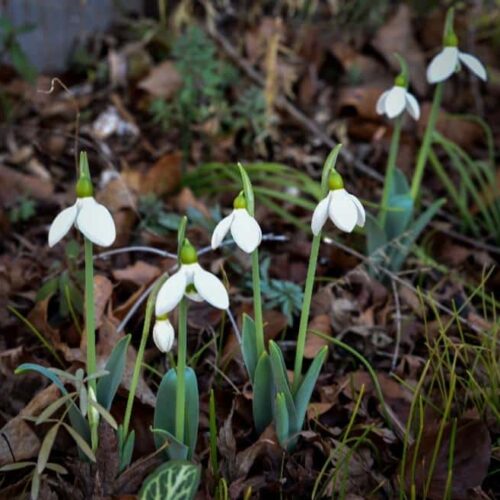
Blue irises
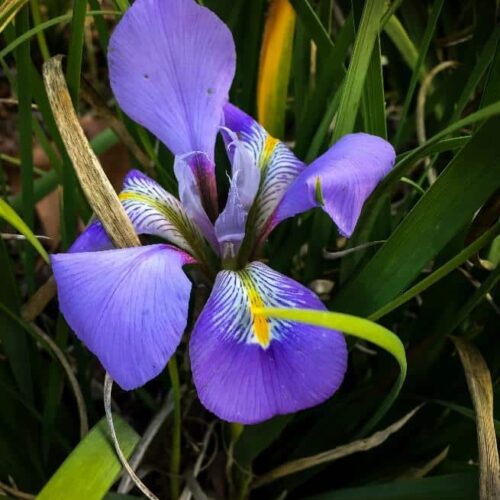
I get caught out by these beauties every year. They have long, strappy leaves that hide the flowers, so the best thing to do is to cut the leaves back before the flower buds appear. These began flowering sporadically in early July, so I have created an event in my Gardenize app to remind me to cut back the leaves in June next year.
Charming cyclamen
Amongst the earliest things to flower were these tiny cerise cyclamens, which I discovered growing through a wild thyme plant. A lot of the early spring flowers come from bulbs or, like these cyclamen, tubers. That’s great, because the bulbs/tubers survive well in our dry climate and the good thing about many bulbs and tubers is that they don’t take up much room. They can sit underneath another plant, and when they have finished flowering, the other plant can hide their leaves and take over the next part of the display.
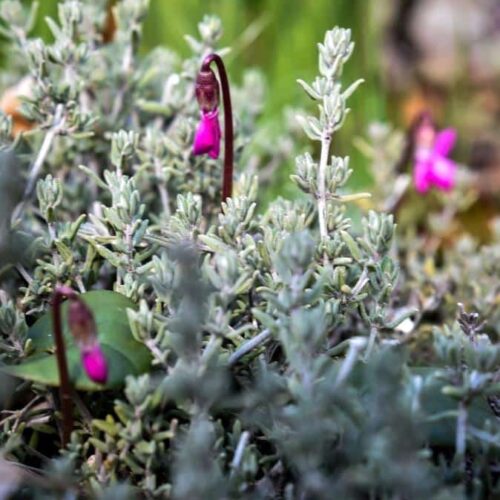
Delightful hepatica
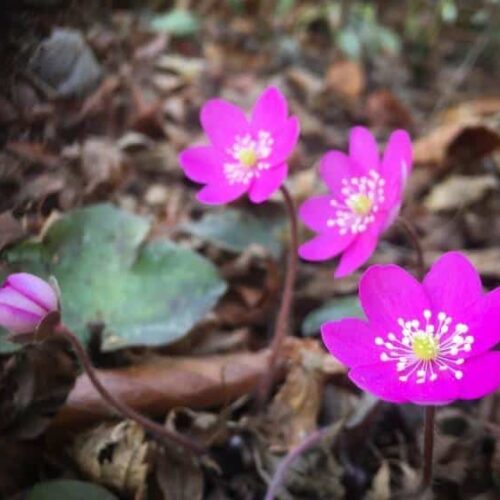
This cerise variety reminds me of a child’s drawing of a flower. It is thriving underneath an acer. Last year, I bought a white one and a blue one. There are buds on one of them and I can’t wait to see the flowers.
A sea of blue
The first few muscari (grape hyacinths) opened in late August. I have a larger variety in another part of the garden, and they usually open a bit later than the smaller ones. There are also white, pale blue, pink and even yellow varieties of muscari. Since the blue ones grow so well here, I’d like to establish a few clumps of other members of the same family.

Snowflakes
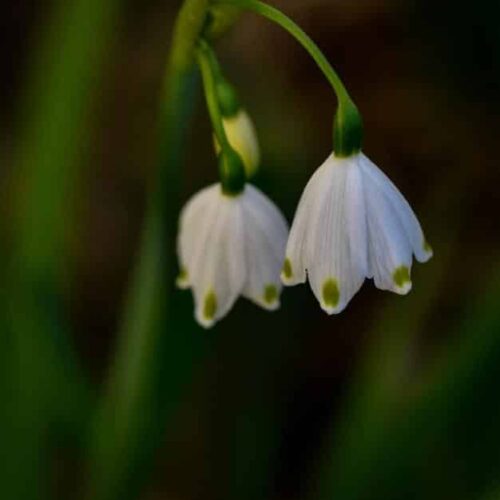
Taller than snowdrops and from a completely different family, snowflakes (Leucojum) start to flower just as the snowdrops are beginning to fade. I have clumps of these forming a row along a fence.
Cheerful jonquils
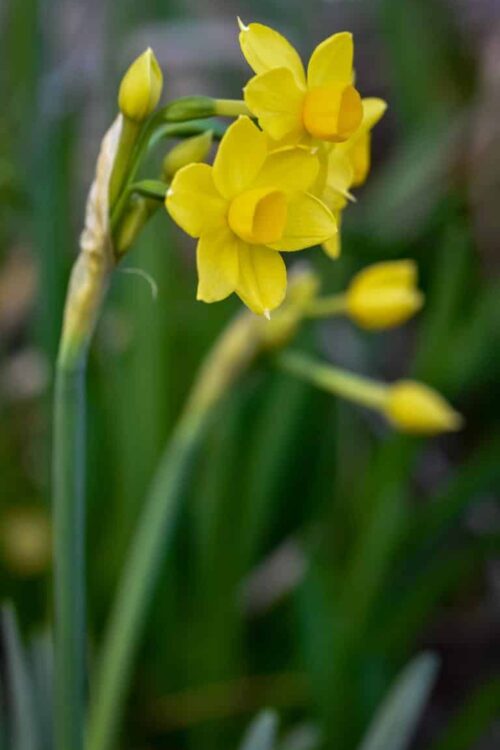
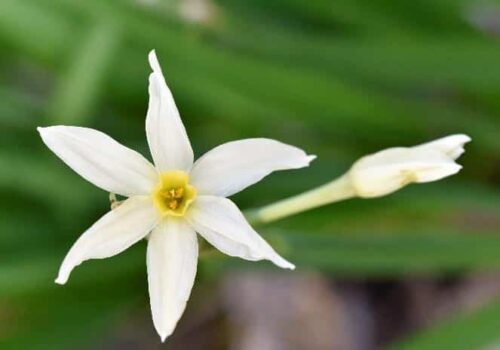
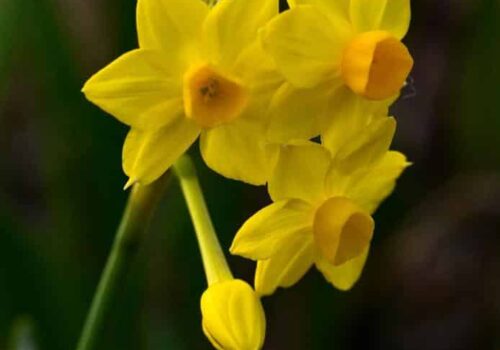
The first of the narcissus family to flower in our garden are these jonquils in white and yellow.
Treasures to come
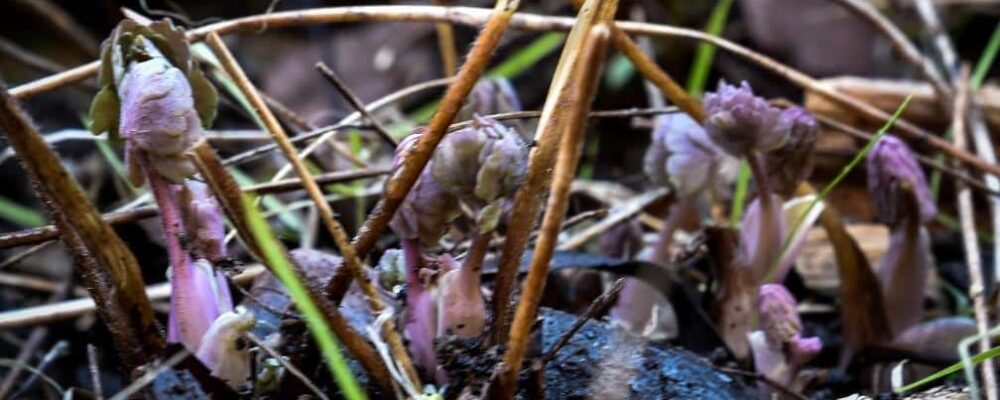
The soil is beautifully soft after the winter rain, especially where we mulched, so spring is a great time for hand weeding. One pleasure to be had while weeding is to see the plants that are emerging from their winter dormancy. Fascinating trilliums and aquilegias, with their delicately coloured shoots, are showing promise already.
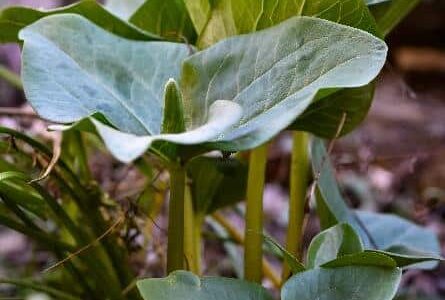
Tiny treasures
Even in the driest corners of the garden, tiny succulents are in flower.
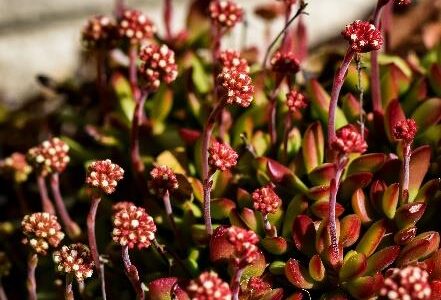
Birdlife

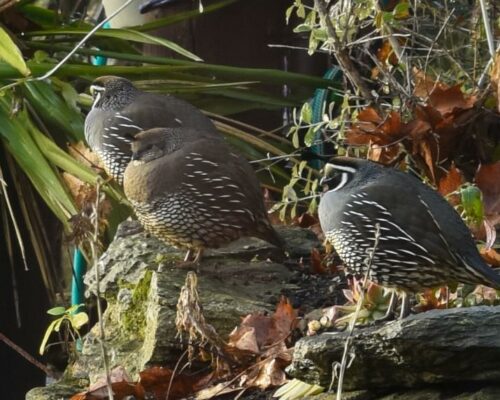
We love to see birds in the garden. Cheeky wax-eyes (sometimes called silvereyes) need as many calories as they can get, so they love the fat we put out for them. We also had a visit from a family of quail.
A gift from my neighbour
Seedling hellebores
My neighbour has several well-established clumps of hellebores and she promised me some seedlings. I was really pleased to see this washing-up bowl outside the kitchen window. Using kitchen towels, she had carefully wrapped and labelled the seedlings according to which parent plant they had come from. Hellebores cross-pollinate readily and can produce all sorts of interesting variations. All you need is a little patience, as they can take up to three years to flower from germination.
Specialist nurseries can supply freckled, picotee and double varieties and all shades from black to white, red, pink and yellow.

Rich red
This red seedling is from a batch she planted out last year. We are hoping we will have a range of different coloured hellebores across our two properties for years to come.
I have a pink, freckled one, but I note that it did not flower until September last year.
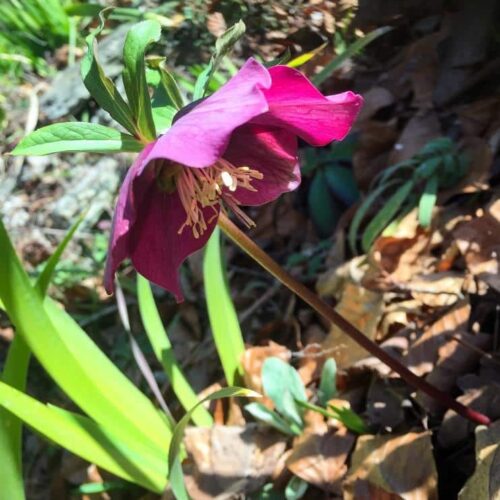
The vegetable garden
I’ve been greatly inspired by Charles Dowding and his no-dig methods, so the vegetable garden got a covering of cardboard with a deep layer of compost on top. They say that when the weeds start growing, it’s time to get sowing, so when weeding again became an urgent task in mid-July, I began sowing onions, peas, swedes and mooli radish. When the roots started to poke through the sides of the coir plugs, I planted them out in the compost layer. The peas are under a makeshift cloche, made of an old shower door. As the weather warms up, I’ll replace the cloche with a frame for the peas to climb up.
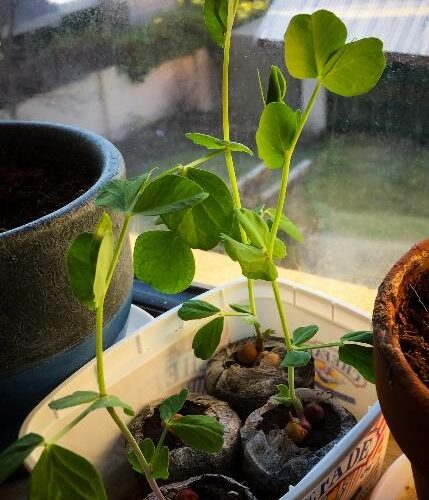
I like the cleanliness and convenience of these little coir plugs, but am a bit concerned about the covering they come in. I’ve found a few from last year in the garden and they have not broken down at all. I have a few to use up, but am looking for a better solution, which will fit on our narrow windowsills.
We have also set up the irrigation again, now that it is unlikely to freeze. We don’t need the timed system yet, but it’s great to be able to water the garden as the weather becomes drier.
In preparation for the tomatoes that I will be sowing in September, we have already positioned a compost bin in the vegetable bed and filled it with horse manure. We’re lucky to live in a rural area, so we were able to buy the manure in sacks from the side of the road for a few dollars placed in an honesty box. The manure is rotting down nicely, feeding and gently warming the vegetable bed.
About the writer
My name’s Pamela and a few years ago, at the age of 55, I made the decision to start a new adventure. I left the north-west of England, where I had lived all my life, and moved to New Zealand. I’m excited to be a guest blogger on Gardenize, and I love writing about my garden in beautiful, sunny Alexandra in Central Otago. My garden here is about as different as it could get from the damp, shady garden I left behind. Central Otago is the hottest, driest, coldest area in New Zealand, as we have hot summers and cold winters, along with a semi-arid climate. The area is famous for its orchards and vineyards. It has many quaint little rural townships with pretty cottage gardens featuring the peonies, bearded irises, hollyhocks, lilies, roses and lavender that grow so well here. The landscape is spectacular, with dry, rocky mountains and impossibly blue lakes and rivers. The dry mountains look barren, but they’re actually covered in tough little thyme plants: a great clue to what might grow well in the garden.

Gardenize Plus 3.90* EUR/month
With Gardenize Plus you can:
- Use Gardenize on your laptop or desktop computer
- Download your data for free
- Create copies of your own plants
- Save as many plants / areas / events as you want
- Save as many images per plant / area / event as you want
- Draw on pictures Save as many inspirational posts as you want
Find more information about the Gardenize offers here.
* Price valid when you subscribe via Gardenize web-service

More from Gardenize
Images published on the Gardenize website belong to Gardenize AB and may not be used without permission.


